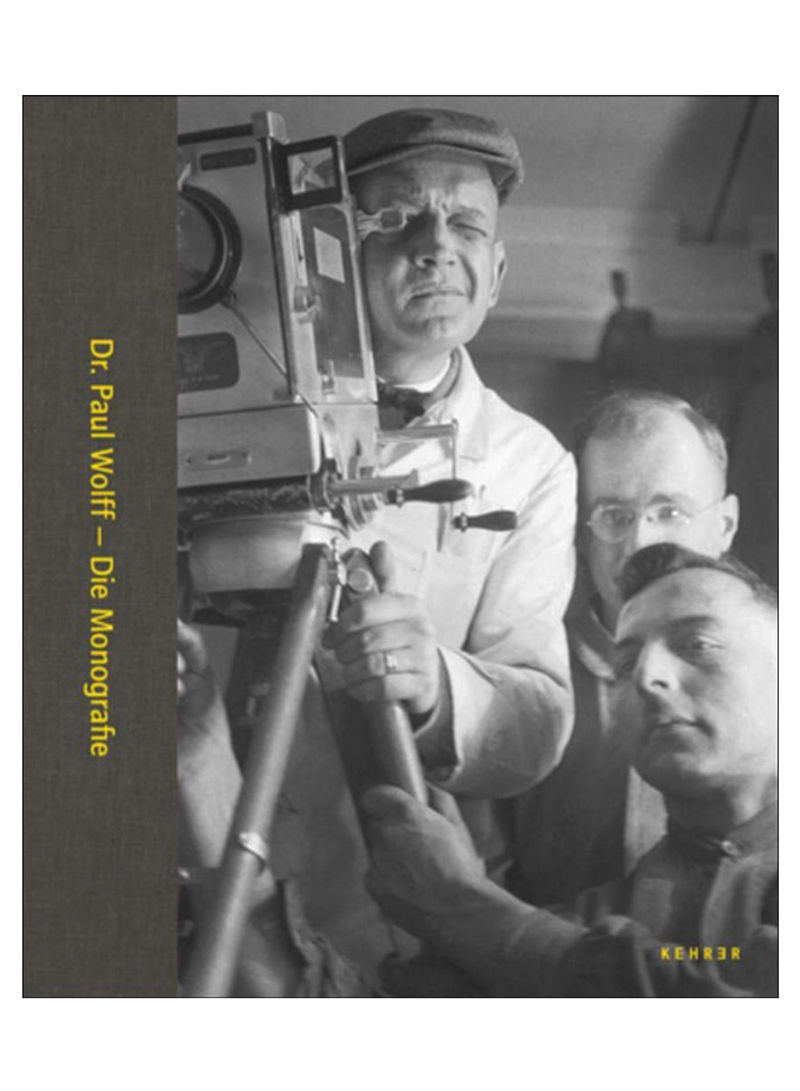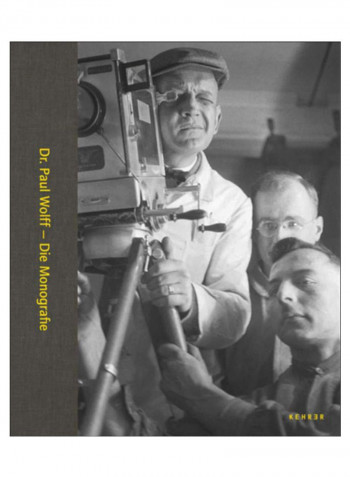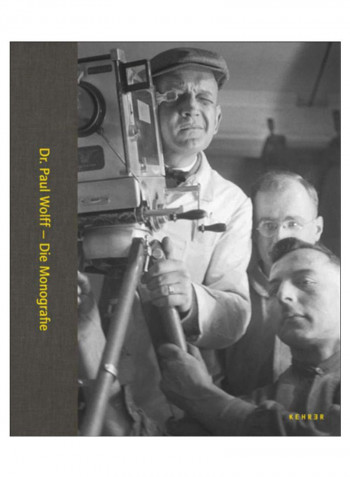Sort by
Rating
Date
Specifications
Author 1
Paul Wolff
Book Description
Around 1930, the trained physician and selftaught photographer Dr. Paul Wolff (18871951) was among the most successful German photographers. He positioned himself at an early stage as a »pioneer of the Leica« and achieved international renown through his highly-regarded guidebooks. Together with his business partner Alfred Tritschler, Wolff satisfied the pictorial desires of his time: from architecture photography to advertising and illustration, from reportage to propaganda. Up to the end of the war, Dr. Paul Wolff & Tritschler was a »brand« with its seat in Frankfurt am Main and set standards in the then still young field of industrial photography. The first comprehensive book on Wolff and Tritschler recapitulates the work and careers of both photographers against the backdrop of a politically, socially, and artistically turbulent period and thus closes a gap in the discourse on photography in the 1920s to 1940s.
ISBN-10
3868288813
ISBN-13
9783868288810
Language
English
Publisher
Kehrer Verlag
Publication Date
43641
Number of Pages
464
About the Author
Though Paul Wolff formally studied medicine and became a physician, the French government that controlled Strasbourg after World War I restricted him from practicing. As a result, he turned to photography, an interest that had begun in his teenage years. Wolff had published his first portfolio, which contained romantic views of his hometown, in 1914. After the war he first worked as a camera operator, then as a free-lance photographer. In 1924 he co-founded the successful firm Wolff & Tritchler with his partner Alfred Tritchler. Wolff won a Leica camera at the Frankfurt Photography Exhibition, which he then used to illustrate several books he wrote to popularize techniques using the small-format instrument. Not one to limit his subject matter, Wolff made portraits, landscapes, and still lifes. He continued to photograph and to publish books on his use of the Leica camera until his death.



